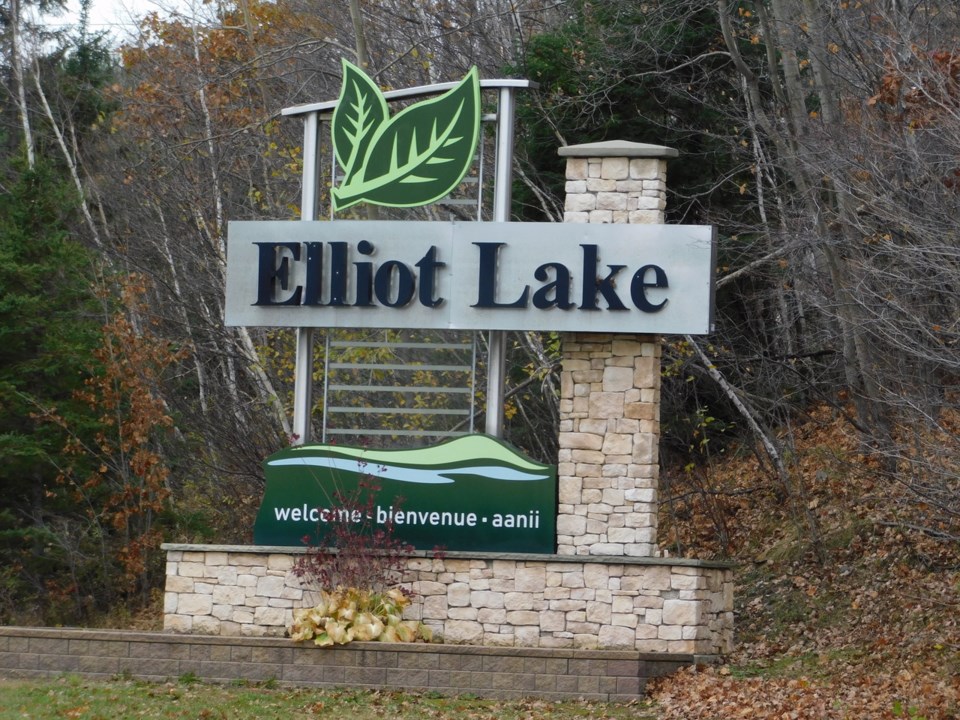While the issue of radioactive tailings in Elliot Lake is not a new story, it is a story that has reared its head again after a front page story in The Toronto Star on June 15.
That story, entitled "They thought they’d found an affordable place to live. They were never told about the radioactive mining waste", highlights the fact that new residents to the community who are unfamiliar with the community's history as a major producer of uranium during the Cold War are allegedly not being told the properties they're buying are contaminated with radioactive mine tailings.
The Star reports the results of recent testing at four houses in the area. Thousands of documents The Star said it was provided show elevated levels of gamma radiation and concentrations of radon gas "far exceeding safety guidelines."
The news outlet reported it had an expert review test results taken between 2016 and 2022 from multiple properties in the community that showed "residents are receiving annual doses of radiation between 8 and 32 times greater than the maximum prescribed by the Canadian Nuclear Safety Commission," The Star reported, with estimates alleging as many as 60 homes in the community sit on ground contaminated with radioactive tailings.
The Star also reported that National Resources Canada has basically washed its hands of the issue and when questioned on it said the radiation problem is on the property owners to clean up, not the federal government.
A 1993/94 report in the Nuclear Awareness Project newsletter Nuclear Awareness News highlights the scope of the tailings generated in Elliot Lake.
"The majority of uranium tailings in Canada — about 200 million tonnes — are located in Elliot Lake. However, neither the federal or provincial governments can confirm exact locations and quantities. There are about 60 million tonnes of tailings at Rio Algom's Quirke and Panel mines, and about 70 million tonnes at Denison's Stanrock and Denison mines. In addition, Rio's Stanleigh mine is still operating in Elliot Lake until 1996 and has produced over 15 million tonnes of tailings. Former Rio Algom mines in the Elliot Lake area include Nordic, Lacnor, Spanish American and Pronto. There are also a number of areas where tailings have spilled accidentally over the years. The Agnew Lake site near Espanola, while not in the Elliot Lake basin, also has an impact on the regional environment."
Today according to a 2015 cohort study on Canadian uranium miners by Cancer Care Ontario, the Elliot Lake area is home to 10 decommissioned mines and approximately 102 million tons of uranium tailings. That study found former miners had a twofold increase in lung cancer development and mortality rates.
This week, a press release issued by a group of affected Elliot Lake families demands immediate action from the federal government and mining company BHP to clean up radioactive wastes found on their properties. The release alleges mine waste was widely used as fill for construction in the 1960s.
"Property surveys confirm radioactive mine waste is located in their driveways and areas near the homes’ foundations," says the release. "As the mine waste rock decays, gamma radiation is emitted as well as radon gas, which easily builds up in the indoor, home environment. Radon is a radioactive gas and known human carcinogen."
Residents say the presence of radioactive waste at their homes is “an egregious failure of Canada’s nuclear regulatory system” as no action has been taken in response to their requests to the federal Ministry of Natural Resources Canada (NRCan) and BHP for clean up.
They are also asking Canada’s nuclear regulator, the Canadian Nuclear Safety Commission (CNSC), to issue an order against BHP, requiring the removal of the waste and its proper disposal at a nearby waste facility, which is housed at the now-closed BHP mine site and licensed by the nuclear regulator.
"Elected representatives for the area have also voiced their support for the clean up, including MP Hughes who will be addressing the House of Commons later in the day, and MPP Mantha who noted in correspondence to the NRCan, 'it is unrealistic to expect an individual to manage the remediation of a contaminated site',” says the release.
Members of the public wishing to support the families’ request for a clean up are encouraged to contact NRCan and the CNSC directly at Minister.Ministre@nrcan-
Carol Hughes, MP for Algoma-Manitoulin-Kapuskasing, is also calling on the federal government to clear nuclear waste found on the properties of Elliot Lake residents.
“Constituents from Elliot Lake are demanding action from Natural Resources Canada and the Canadian Nuclear Safety Commission to clean up radioactive waste found at their homes in Elliot Lake,” said Hughes Thursday in the House of Commons. "This waste from closed uranium mines was widely used as fill for construction in the 1960s.
“Without knowing, these families have been exposed to radiation above allowable limits, caused by mine wastes buried in their yards and driveways.”
